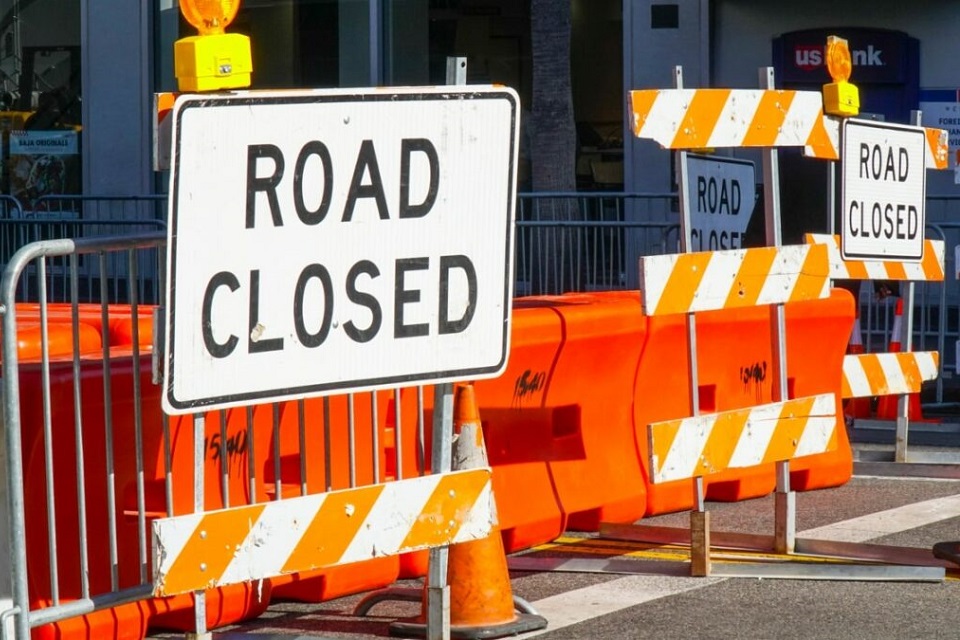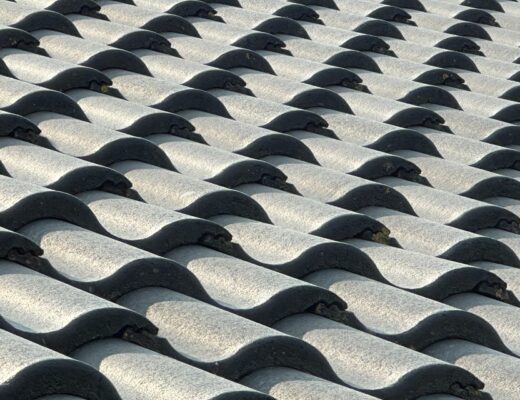When you hear the word barricade, you likely think of a construction site or those long rows of orange and white barriers lining the freeway. However, they’re also used at parade routes, public events, and more.
They mark and delineate traffic hazards and prevent people or objects from entering areas they shouldn’t. There are many barricade varieties, so choosing the right one for your needs is essential.
Safety Barriers
Many accidents between vehicles and pedestrians occur at intersections, the roadside, or in locations where traffic signals slow traffic. Municipalities use research to determine where accidents most frequently happen and install infrastructure like crossing guards, pedestrian barriers, light-controlled crosswalks, and traffic cones to prevent these incidents.
A common barrier type is steel or concrete rigid safety barriers (sometimes called parapets). They’re typically positioned on highway structures like bridges and retaining walls. These barriers redirect errant cars, which may still crash into them but usually at lower severity than the roadside hazard they protect.
Another common barrier type is a line of planters or rows of densely planted trees, discouraging people from running across a busy street mid-block. This approach also gently shepherds pedestrians toward intended and safer marked crossings. These barriers are designed to be visually appealing and slow traffic without making people feel like they’re living in a bunker.
Traffic Cones
You’ve seen them along construction zones, city streets, and parking lots; these orange pieces of PVC appear out of nowhere and are placed in various locations. You may need to learn that these seemingly insignificant cones have a long life cycle and require a lot of materials and energy to make.
This includes their raw material extraction, manufacturing, transportation, and disposal. In addition, the equipment used to move them around uses fuel and creates CO2 emissions.
However, the good news is that they use only a little energy when just sitting on the ground directing traffic. They help prevent car accidents by warning drivers that something is wrong ahead of time. This is particularly useful when a work zone involves dangerous machinery or an area where workers are putting themselves at risk with mobile elevating work platforms (MEWPs). These early warning signs give people enough time to take evasive action.
A-Frame Barricades
Whether you need to restrict access temporarily or for the long term, A-frame barricades Seattle WA are an ideal solution. They feature heavy-duty, molded polyethylene legs that won’t crack or rot and are sand fillable for natural movement and transportation. They also withstand the most substantial impacts.
A-frame barriers are easy to set up and can be used to block off roadways, work zones, or intersections. They have a mounting hole to accommodate one of our barricade lights, increasing visibility in the dark and during inclement weather.
A-frame barricades are an alternative to longitudinal channelizing devices like drums and barrels. A barrier offers positive protection by slowing or stopping an errant vehicle, while a channelizer only warns motorists of a work zone. Both require orange and white striping to meet MUTCD standards in addition to A-frames, some offer many other types of traffic barriers, including Type I and II sawhorse bars and Type III road closure barricades.







No Comments